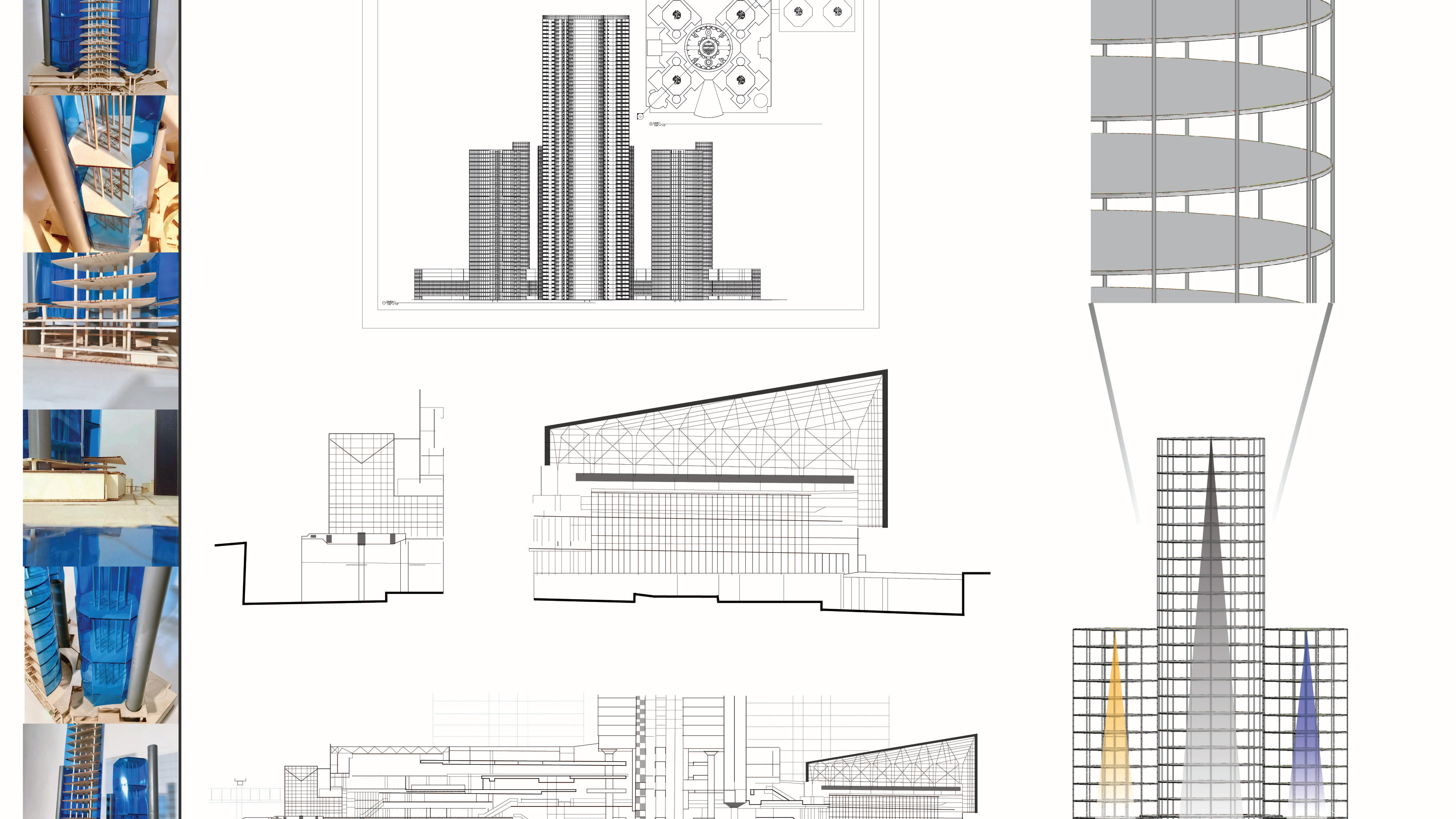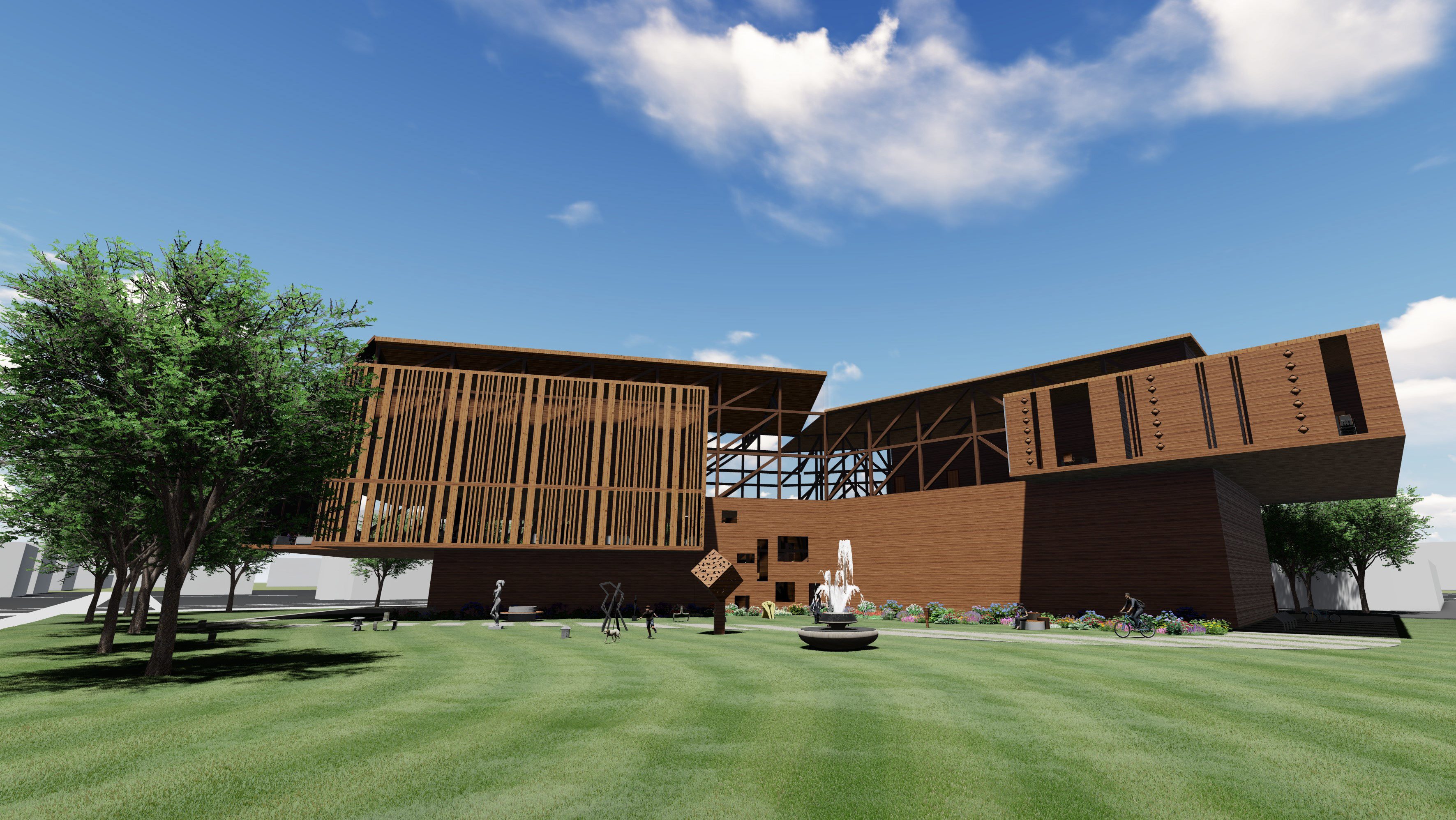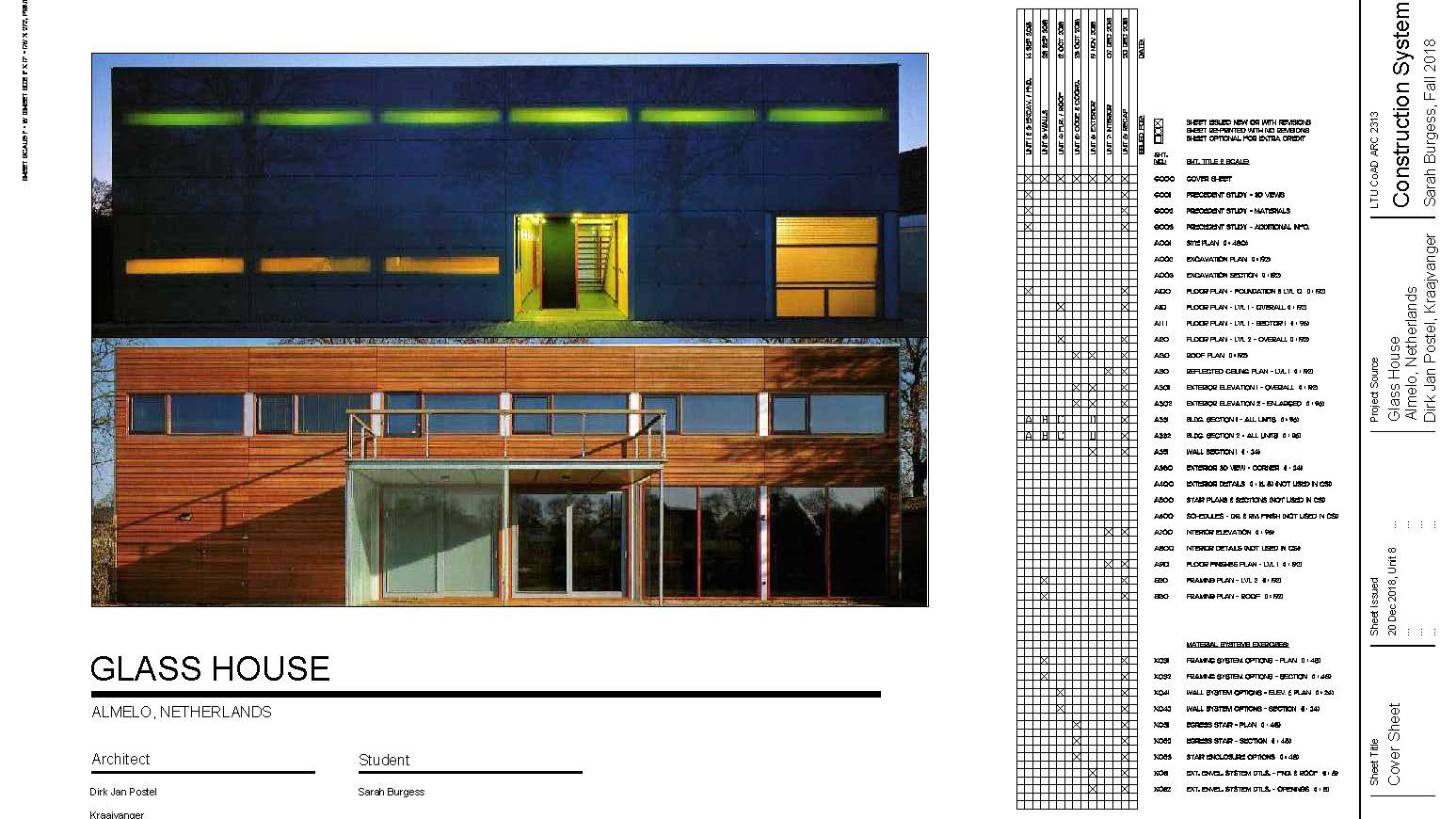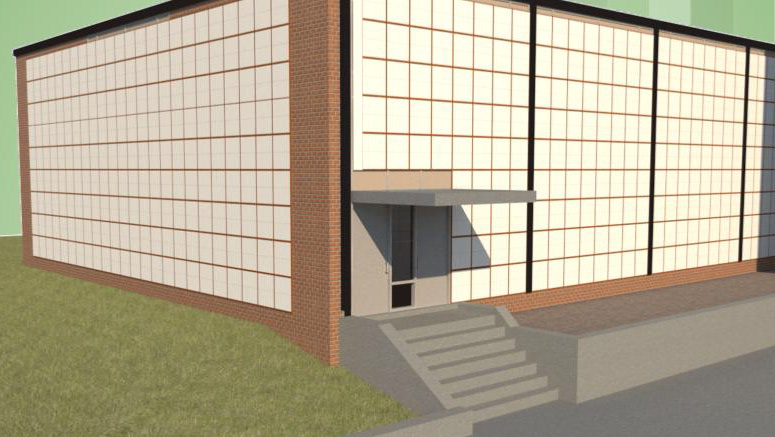Completed for a study abroad course (which was cancelled due to covid-19), I researched Gianlorenzo Bernini and his role as a sculptor and in architecture
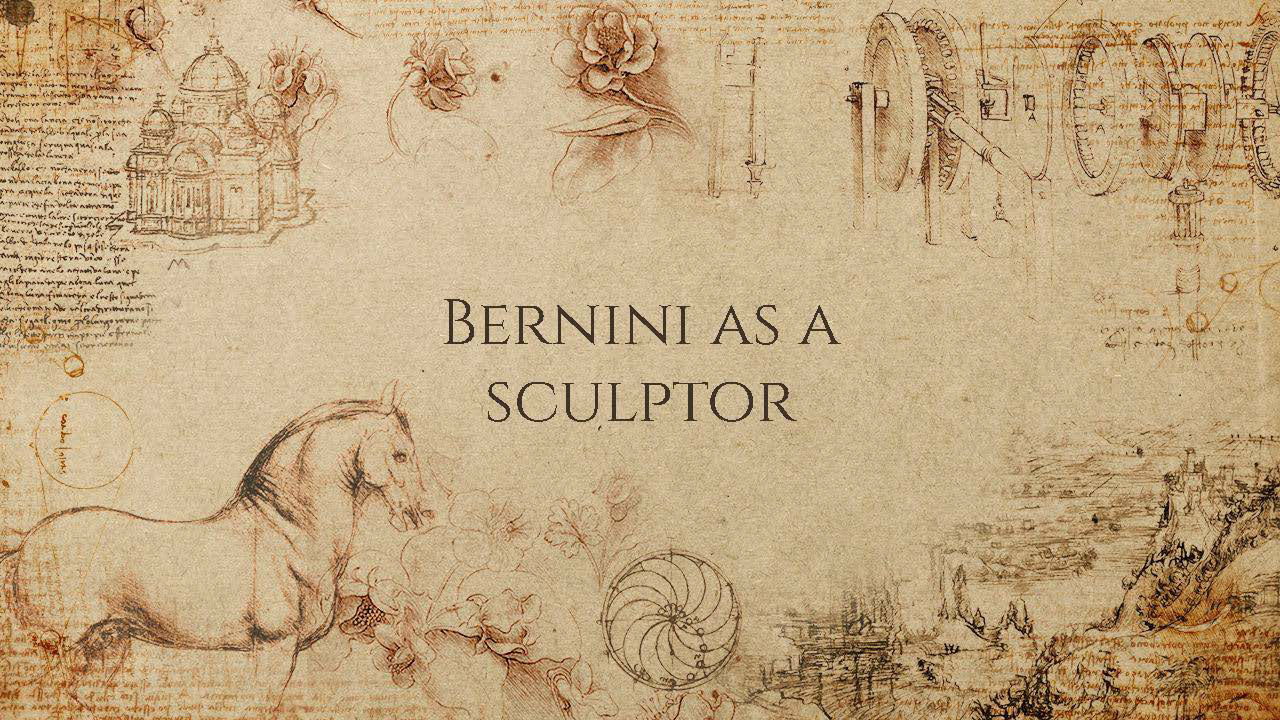

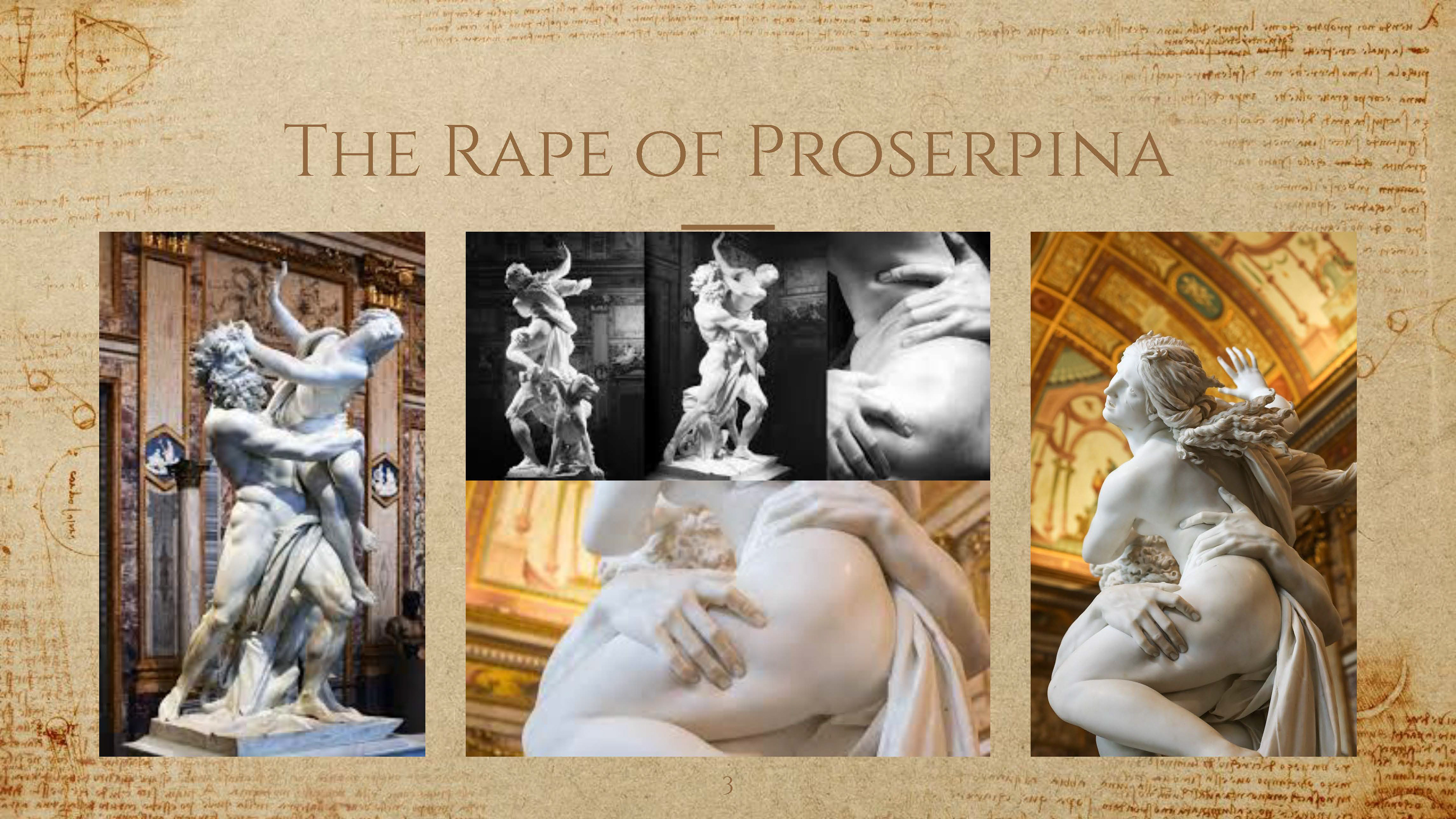

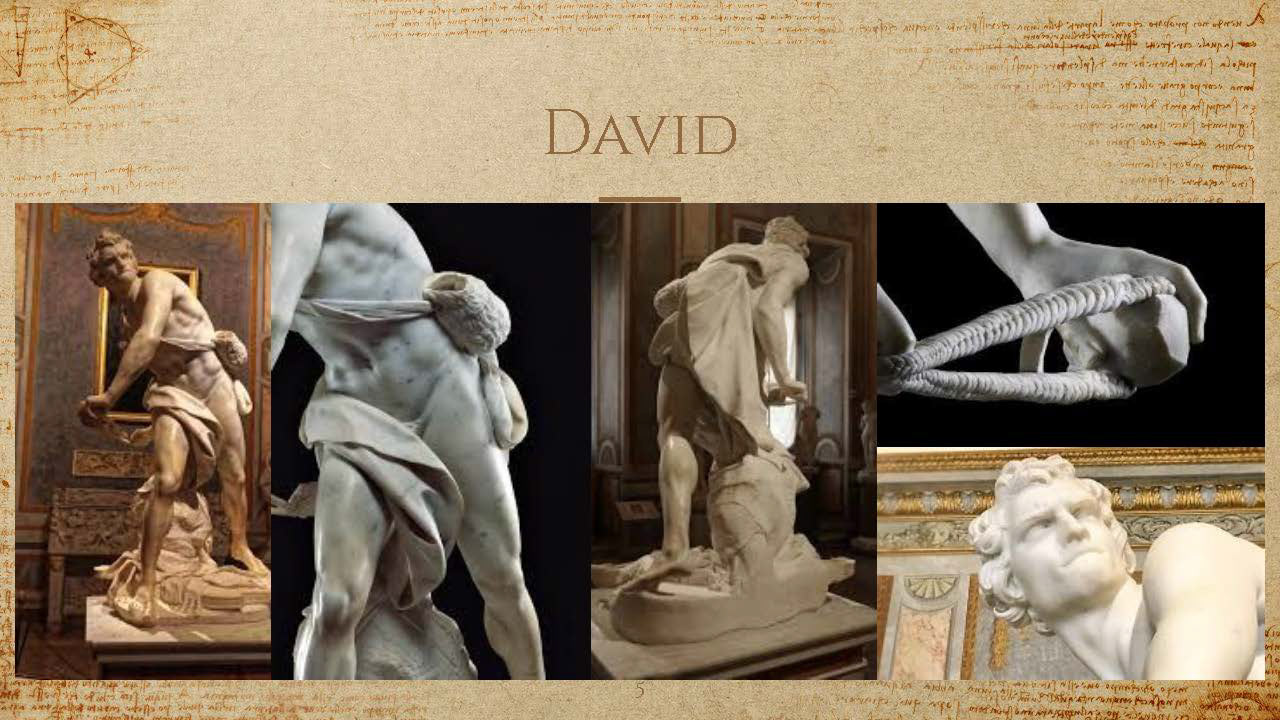
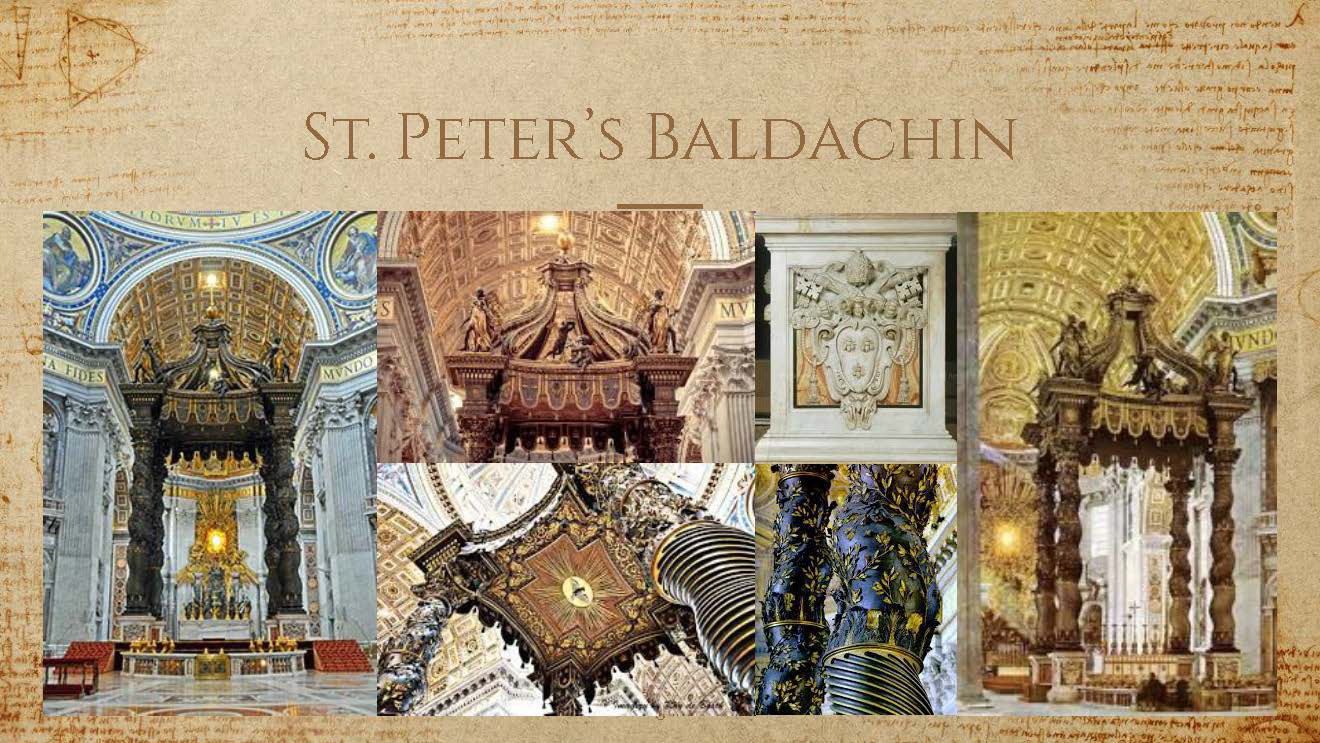


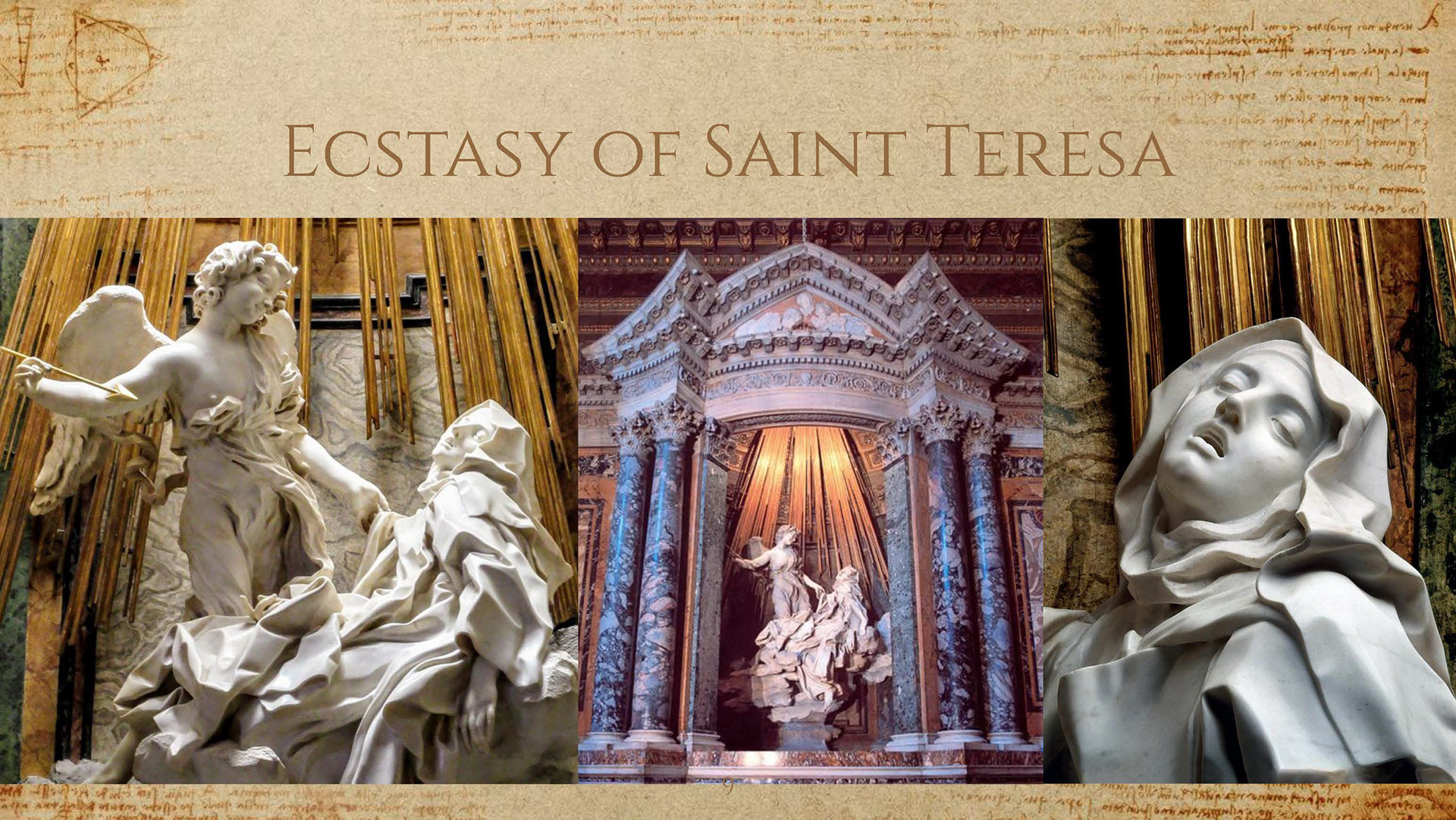

Bernini as a sculptor
Although Bernini is well known around the world for his work in architecture, he was also prominently known as a sculptor during his time period. Some of his most well known pieces are Apollo and Daphne, Ecstasy of Saint Teresa, and Fiumi Fountain. Using baroque styling in his sculptures, many of his pieces are seen as theatrical, dramatic, sensual, natural, and seductive.
Gianlorenzo Bernini was born in Naples, Italy on December 7, 1598. He was the sixth of thirteen children and his father was also a sculptor. By the age of eight, he was considered to be a prodigy, and would soon surpass his father's work and be considered the Michaelangelo of his age. By the age of 11, Bernini would take on the same role that Michelangelo did and become employed by the succession of six popes.
One of Bernini’s first major sculptures was the Damned Soul, which he completed by the age of 20. Finished in 1619, the marble sculpture portrays the human soul. This sculpture is paired with Blessed Soul, which depicts the soul blessed to heaven, compared to being damned to hell, which is featured in Damned Soul. Throughout Damned Soul, Bernini focuses on emotional expression and facial expressions. As the man displays a demonic shriek and cries in agony, the wrinkles across his nose and forehead, and around his eyes and mouth are prominent in the marble sculpture. Bernini concentrates on bringing his work to life by sharpening the human appearance. As seen in the sculpture, there is intense detailing in the eyes, bringing to life the expression of agony and misery. His hair curled and wild, jawline prominent and mouth open, the man shrieks as he is damned to hell. This is only the beginning of Bernini’s focus on the human body and expression of emotion.
The next sculpture is considered one of Bernini’s most dramatic and successful pieces. The Rape of Proserpina is a dynamic and dramatic marble scultpure that illustrates human anatamy and focus on the human flesh. Completed in 1622 at the age of 23, the sculpture was commissioned by Cardinal Scipione Borghese, and brings to life the myth of Pluto and Proserpina:
This story revolves around the abduction of Proserpina, the daughter of Jupiter (Zeus in Greek mythology) and Ceres, the Roman goddess of agriculture. While picking flowers, Proserpina was attacked by an enamored Pluto, the god of the dead, who burst from the earth in a chariot pulled by four black horses. While Ceres heard her daughter scream while being dragged into the underworld, she was unfortunately too late. (Abdou)
Bernini turns stone into flesh in this sculpture where he is able to bring to life Proserpina’s story by focusing on the contours of the human body and the connection between subjects. As seen in the images, the female figure (Proserpina) is leaning away from the male figure, her hands pushing away from him and her hair wisped away displaying movement. The male figure (Pluto) is seen gripping on to Proserpina, his hands pressing into her skin. By focusing on human movement, emotion, and the human body, Bernini is able to turn marble into a dramatic and realistic piece of art.
Another one of Bernini’s most well known sculptures, David, differs from the other depictions of the biblical moment of David defeating Goliath. Bernini incorporates Baroque styling to a piece typically depicted by a Renaissance artist. The detailing in David’s facial expression, combined with the contours of his body and twisting of his torso allows Bernini to create an illusion of David in the midst of battling Goliath, preparing to throw a stone. Bernini brings to life the drama and grandeur of the biblical moment through implied movement and emotion.
The knowledge and popularity of Bernini’s sculptures created a pathway to his work in architecture. St. Peter’s Baldachin is the first major piece of work that is connected to the work Bernini will complete in architecture in the future. This processional canopy is placed in the center of the basilica, around the Papal altar. The Papal Altar is located directly above St. Peter’s tomb, and is the place where only the Pope celebrates mass. The bronze baldacchino took Bernini nine years to complete.
To renew and avoid repeating the usual constructions consisting of a spire or marble dome supported by columns, like a small temple within a temple, he was inspired by the canopy, thus, in the final analysis, replacing a pictorial element with an architectural element. For this purpose he created a cover imitating cloth, producing the feeling of a lightweight structure that is almost mobile and temporary.
Bernini’s work in the Basilica brought together his inspiration from Michalangelo and his work with sculptures to create his start in architecture. The completed work consists of four pedestals of marble which provide a base for Bernini’s sculptures. Here, he utilizes cherubs, leaves, a dove, angels, palm branches, and a cross as a complex replication of motherhood. What is now considered a masterpiece, was at its time an emblematic piece that incorporated the Baroque period and the grandeur of the Basilica.
Above the altar of the Cornaro Chapel is Bernini’s Ecstasy of St. Teresa, and is considered one of Bernini’s most sensual and theatrical sculptures.
The Ecstasy of St. Teresa represents an episode from the life of the saint as recorded in her spiritual autobiography. Teresa describes an angel carrying a fire-tipped spear with which he pierces her heart repeatedly, an act that sends her into a state of spiritual rapture. “The pain,” she writes, “was so severe that it made me utter several moans. The sweetness caused by this intense pain is so extreme that one cannot possibly wish it to cease, nor is one’s soul then content with anything but God.” (The Life of Saint Teresa of Ávila by herself, Chapter 29) (Annenberg Learner).
The depiction of the moment Teresa is ascending to heaven is emphasized through the use of golden rays shining down on the figures and the cloud she appears to be laying upon. Teresa’s clothes are draped lightly over her flowing backwards slightly as she prepares to be pierced by the angel’s arrow. Through detailed facial expression, Bernini illustrates a sexual experience of spiritual and physical ecstasy. This theatrical and sensual depiction of religious story is one of Bernini’s most recognized artwork.
The greatest achievement of Bernini’s career as a sculptor was the Fiumi Fountain. The Fiumi Fountain, also known as the Fountain of Four Rivers depicts the gods of the Nile in Africa, the Ganges in Asia, the Danube in Europe and the Río de la Plata in America.
Each location is further enhanced by animals and plants of that country. The Ganges carries a long oar, representing the river's navigability. The Nile's head is draped with a loose piece of cloth, meaning that no one at that time knew exactly where the Nile's source was. The Danube touches the Papal coat of arms, since it is the largest river closest to Rome. And the Río de la Plata is sitting on a pile of coins, a symbol of the riches America might offer to Europe.
This grand fountain contains several sculptures depicting the gods and animals, with focus on movement and detail in not only the human body and emotion but of the animals as well. As one of Bernini’s later pieces of art, its theatrical and dramatic expressions emphasize key elements of the Baroque style.
As a key figure in Baroque architecture, his expression of movement and human emotion and ability to create dramatic, natural, and seductive experiences in his work as a sculptor carried on through his work in architecture. Bernini went on to create beautiful and well-known churches, altars, and tombs. Bernini’s use of Baroque styling and his focus on the human body significantly influenced future artists and architects. His ability to create dramatic and sensual experiences in his audience through his work was captivating. Bernini was able to share stories through his art and architecture, similar to what many artists and architects do in the future when rebuilding Rome.
Works Cited
“Art: The Ecstasy of St. Teresa.” Annenberg Learner, Annenberg Foundation,
stasy-of-st-teresa/.
“Bernini Artworks & Famous Sculptures.” The Art Story, The Art Story Foundation,
www.theartstory.org/artist/bernini-giovanni-lorenzo/artworks/.
“Fountain of Four Rivers (Bernini).” Rome.info > Fountain of Four Rivers (by Bernini),
www.rome.info/bernini/fountain-four-rivers/.
Shovava. “A Detailed Look at Bernini's Most Dramatically Lifelike Marble Sculpture.” My
Modern Met, 10 Oct. 2019, mymodernmet.com/bernini-the-rape-of-proserpina/.
“Stpetersbasilica.org.” St Peter's Basilica, stpetersbasilica.info/Altars/PapalAltar/PapalAltar.htm.

